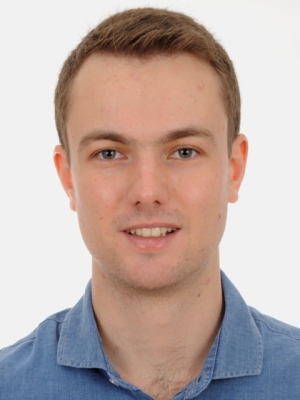Dr. Kyriakos Alexandros Chondrogiannis

Dr. Kyriakos Alexandros Chondrogiannis
Staff of Professorship for Structural Mechanics and Monitoring
ETH Zürich
- Work phone +41 44 633 63 92
- phone +41 44 633 62 34 Secretariat(Sec.)
- call_made0000-0003-3771-7040
- contactsV-Card (vcf, 1kb)
Additional information
Short Bio
Kyriakos obtained his diploma in Civil Engineering from the National Technical University of Athens (2019), in the discipline of Structural Engineering. He defended his thesis in the field of steel structures, studying the behavior of shell formed wind turbine towers with the use of nonlinear analyses. He further obtained his PhD title from ETH Zurich (2024), where he conducted his research in the field of seismic protection with the use of nonlinear mechanisms and metamaterials. Kyriakos has received the ETH Pioneer fellowship in 2024, with the purpose of developing and commercializing the technology that was initiated during his PhD thesis.
Research
Nonlinear mechanical configurations for vibration attenuation
A primary characteristic of civil engineering structures is their response behavior under dynamic excitation, which should comply with comfort and safety standards. Toward such a goal, recent advances in the field of vibration mitigation have leaned towards the use of nonlinear mechanisms. Design concepts of nonlinear devices with potentially favorable properties can be, therefore, developed. Utilizing nonlinear or unique phenomena, such as geometric nonlinearities, negative stiffness and impacts, vibration attenuation can be achieved. Following analytical results and numerical analyses, experimental tests can indicate the underlying mechanics of such systems.